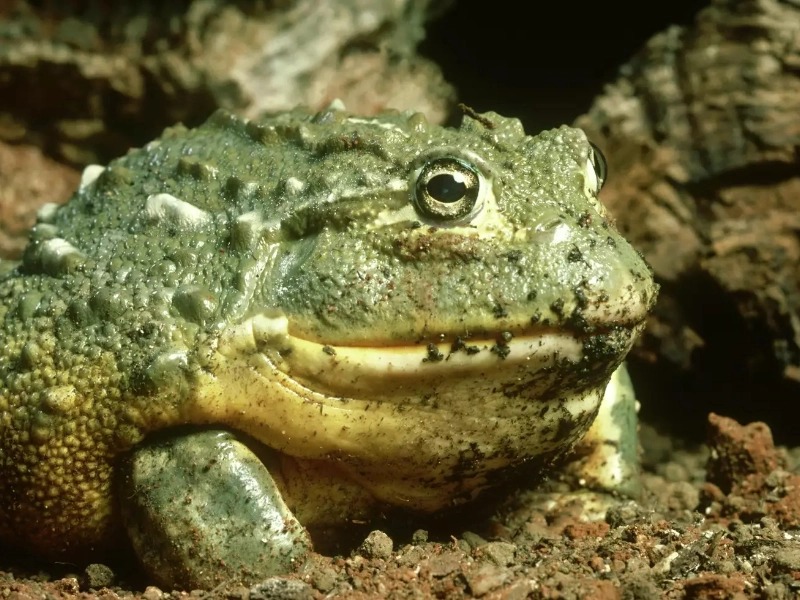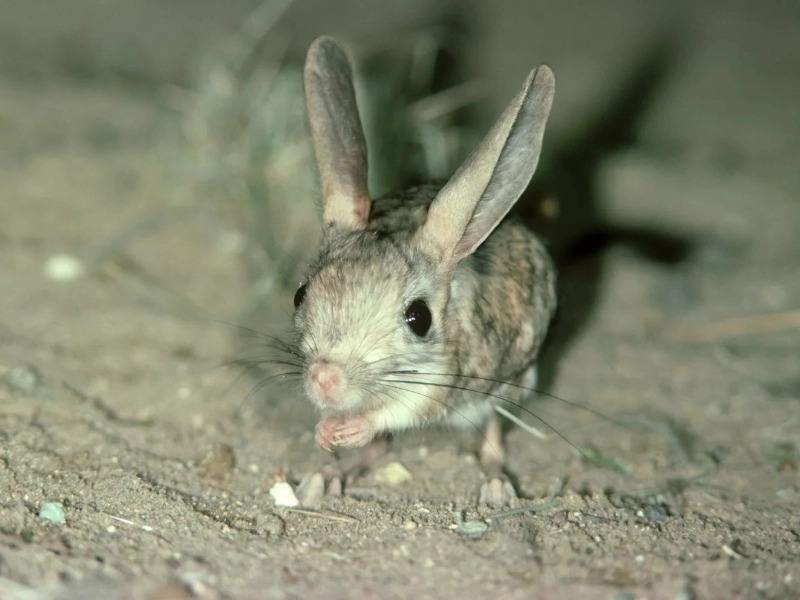
17 Animals Amazingly Adapted to Thrive in Deserts
By • Last Updated8. Jerboa

A fascinating member of the Dipodidae family, the jerboa is a prime example of adaptation to desert conditions. Native to North Africa, China, and Mongolia, these small, kangaroo-like creatures have evolved to thrive in some of the harshest environments on Earth, including the sweltering Sahara and the frigid Gobi Desert. With their long hind legs, short forearms, and large eyes, jerboas are well-equipped to navigate the challenges posed by their arid surroundings.
One of the most striking features of the jerboa is its unique shape. The long hind legs enable it to cover large distances quickly while conserving energy through powerful leaps. This adaptation is particularly advantageous in desert habitats, where food and water can be scarce, and mobility is essential for foraging and evading predators. Additionally, their short forearms make them adept diggers, allowing jerboas to create extensive burrowing systems that provide refuge from the extreme heat of their environment.
These burrows serve multiple purposes. Jerboas retreat underground during the hottest parts of the day, where temperatures remain significantly cooler than on the surface. This behavioral adaptation not only helps them conserve energy but also reduces their need for water, as the cooler environment helps maintain hydration levels. Furthermore, the burrows offer protection from predators, allowing jerboas to rest until conditions are more favorable for feeding.
In terms of diet, jerboas are primarily herbivorous, feeding on seeds, roots, and other vegetation found in their arid habitats. Their specialized digestive systems allow them to extract moisture from their food, enabling them to survive for extended periods without direct access to water. Remarkably, laboratory studies have shown that jerboas can survive solely on dry seeds for up to three years, highlighting their resilience in challenging environments.
Jerboas also possess unique adaptations that help them navigate their sandy surroundings. Skin folds enable them to seal their nostrils, preventing sand from entering during windy conditions. Their large eyes provide excellent night vision, making them primarily nocturnal foragers. This nighttime activity allows them to avoid the intense daytime heat and minimizes competition with other desert-dwelling species.
Overall, the jerboa is an impressive model of adaptation to desert life. Its morphological traits, burrowing behaviors, and dietary flexibility underscore the species’ resilience in some of the most demanding habitats on Earth. Understanding these specialized adaptations is essential for conserving the jerboa and protecting the fragile balance of these arid ecosystems, especially as climate change and habitat loss continue to threaten desert environments.